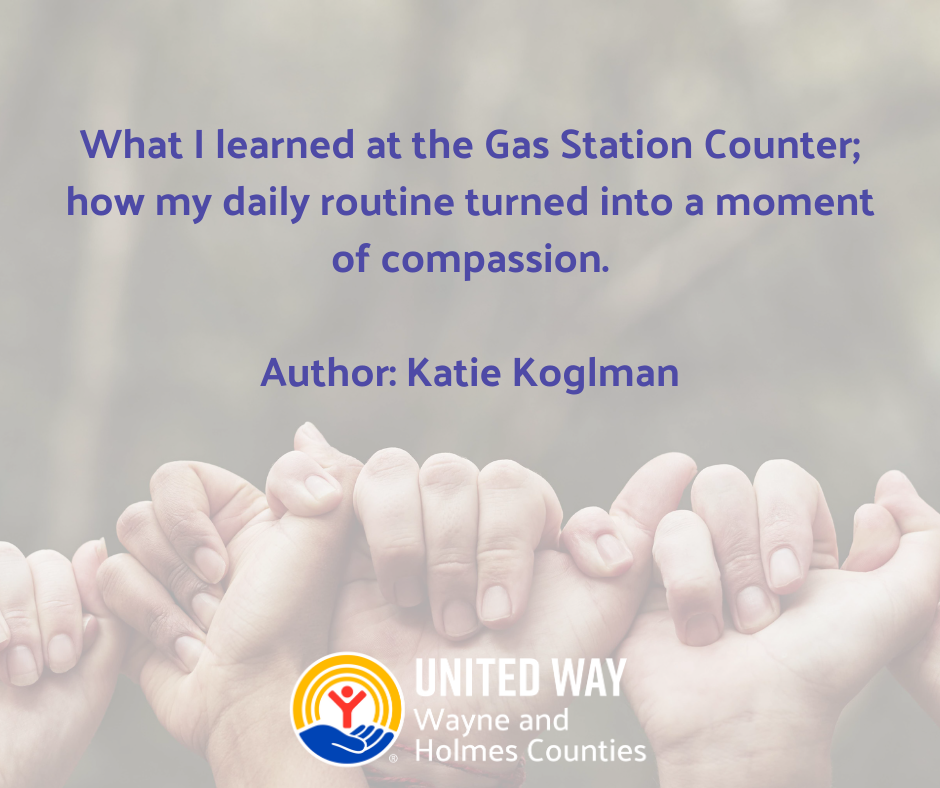Weather Protection for the Unhoused
All statements below that are not cited are based on the knowledge, opinion, and experience of the author or the interviewee
For those with permanent shelter, extreme weather is usually just an annoyance or nuisance. But for those without permanent shelter, extreme weather can be fatal. Frigid temperatures and high heat can lead to several health complications, such as hypothermia or heatstroke. Storms can destroy a person’s belongings - especially as storage remains a persistent gap. The dangers of extreme weather are why structural protection for the unhoused population is so important.
For the extreme cold, The Wayne County Housing Coalition founded the “Severe Weather Shelter” to be run out of the Salvation Army. The shelter opens in the evening on nights where the “feel-like” temperature is 20°, which will be increasing to “feels-like” 25° next season. There are 25 pre-made beds available and local churches supply dinner for the guests. Last winter during the 2021/22 season, the Severe Weather Shelter was open 63 nights. The Salvation Army also has their everyday shelter and their “Living Room Project,” which serves as a drop-in shelter for the homeless during the week. In the Living Room, lunch is served every day, shower and laundry services are available, and a “one-stop-shop” allows for socialization and resource exploration. With this space, visitors can escape the cold during the day, no matter the temperature. Major Connie Higgins of the Wooster Salvation Army states, “The Living Room was created so the community could have a daily place to go inside.”
Extreme heat has similar solutions. There is not currently a shelter or area solely dedicated to high temperatures like the Severe Weather Shelter, but the Living Room and the everyday shelter is open to give visitors access to air conditioning. Fortunately, Major Tim Higgins and Major Connie Higgins of the Wooster Salvation Army do not see high temperatures causing many issues in the community, especially with the resources available. However, another problem in the summer is the elevated number of storms. Protection from tornados and torrential storms is lifesaving and is an essential service provided by shelters. Regular storms can also cause major inconveniences for the unhoused population. As discussed in a previous article, a lack of storage for the homeless is a consistent problem in the community. Thus, smaller storms can cause belongings, such as important documents, to be damaged or destroyed – which is a serious complication for the homeless.
The primary goal with extreme weather is to “get them out of the cold and heat,” as stated by Major Tim Higgins. Resources in the community provide another important element as well: socialization. Major Tim Higgins states, “the social aspect is really important - the community looks to each other as family and they all look out for each other.” The socialization opportunities provided by the shelters helps build connections and social support networks amongst the community - which is an unintended benefit of providing shelter.
While there are many options for the unhoused population in extreme weather events, gaps still remain. Major Tim Higgins states, “the problem is the evening hours, where do they go from here?” While a few-hour gap may not seem important, in extreme weather, these voids can be dangerous as it leaves those without shelter exposed to the elements for extended periods of time. Thus, finding solutions to fill these time gaps are important, and potentially, lifesaving.
A solution to fill these gaps is to increase the number of volunteers and resources at the shelters. Not having adequate support and funding is a prominent issue in shelters and is the main reason why many cannot stay open longer. By increasing the amount of help at shelters, the evenings gaps could be filled, and shelters could house more people. Also, creating public spaces for unhoused people can create more options when shelters are closed. For example, having public “rest stops” with air-conditioning and heating, or even just water, could provide short-term relief from the weather – without volunteers or high expenses. Additionally, by reducing the stigma around the homeless community, places like libraries, restaurants, or stores can be respite from the weather as well. Finding solutions is crucial, however, as shelter from extreme weather is a vital need for the homeless population.
To financially support the local Severe Weather Shelter, click here. To volunteer, call United Way of Wayne and Holmes at 330-263-6363.
Source:
1. Carlozzi, Alexa, et al. “Interview with Salvation Army.” 1 June 2022.








